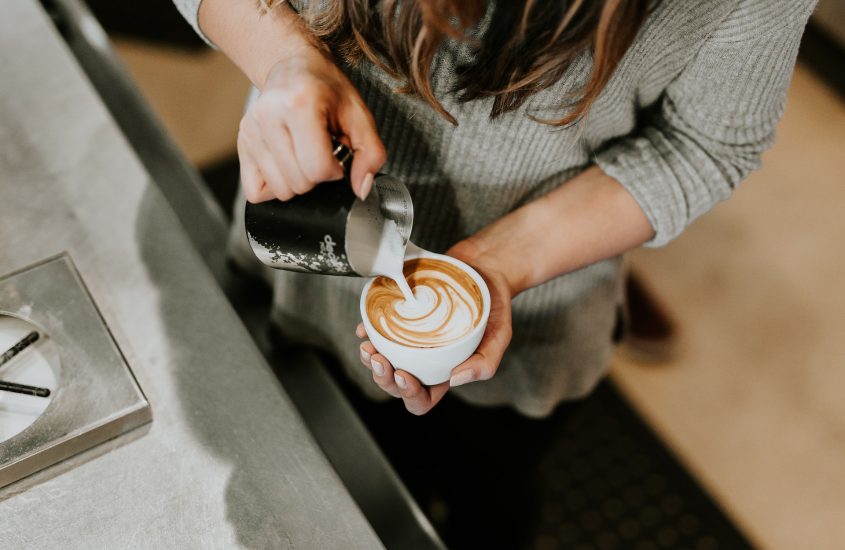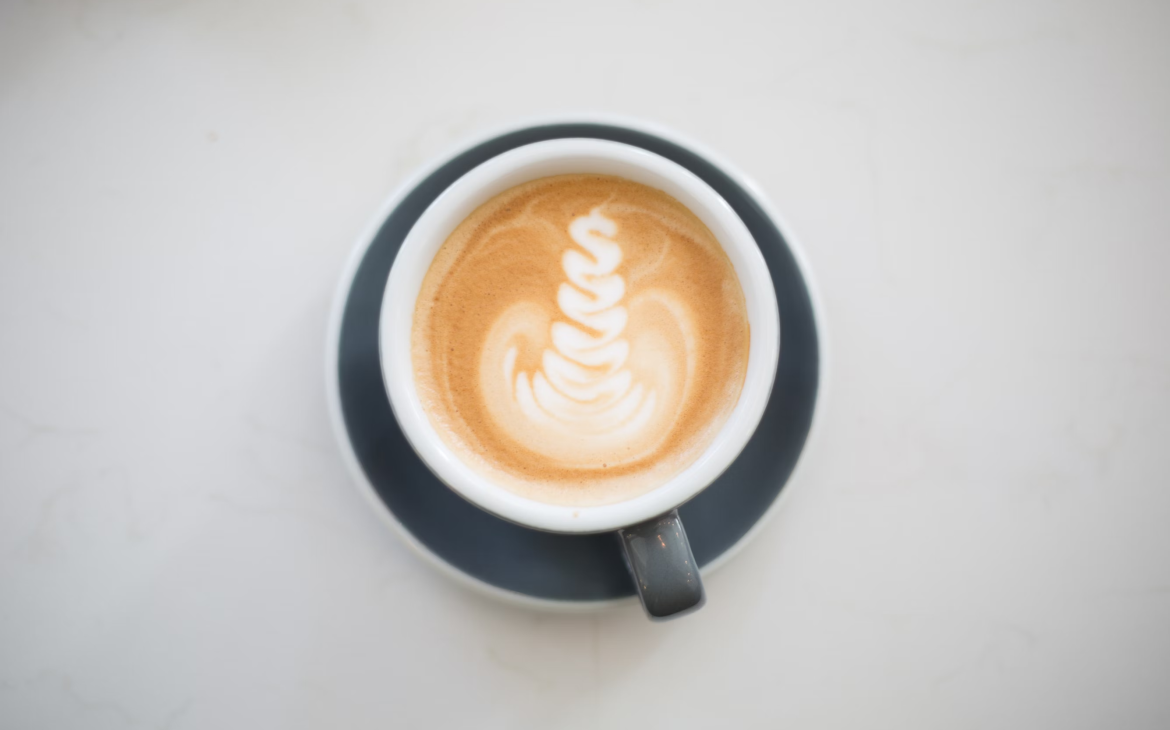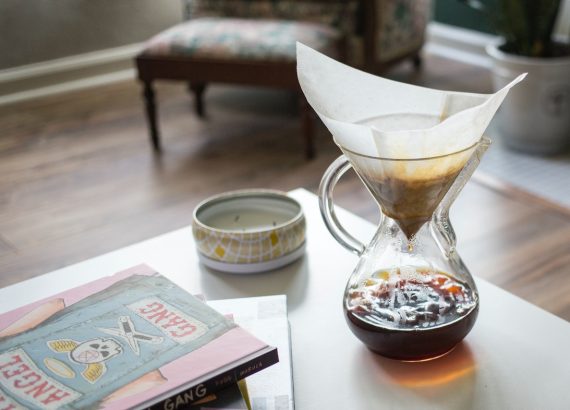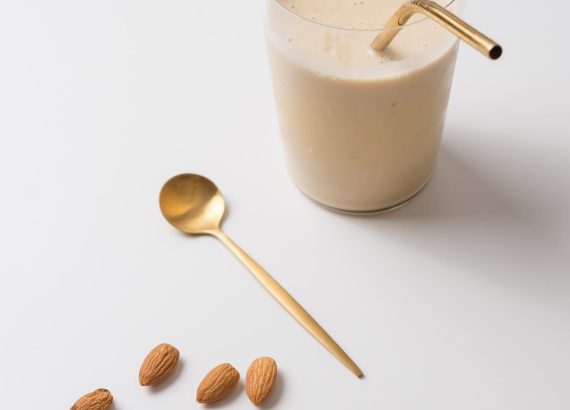Flat White vs Cappuccino: From a Coffee Lover’s Perspective

As a seasoned barista and an unapologetic coffee lover, I’ve spent countless hours behind the counter, perfecting the art of coffee making. I’ve witnessed firsthand the confusion customers face when trying to choose between a flat white and a cappuccino.
Both are beloved coffee beverages, variations on the theme of espresso and milk. Yet, they hold unique identities, distinguished by their taste, aroma, and even their cultural origins. In this blog, I will share my insights and experiences to help illuminate these differences.
My hope is that this information will empower you, the reader, to make a choice that aligns with your palate and preferences. So, let’s dive into the aromatic, caffeine-charged world of flat whites and cappuccinos!
Page Contents
Origin and Preparation
A cappuccino originated in Italy in the early 1900s and is named after the Capuchin friars’ hooded robes due to their colour resemblance. It comprises one-third espresso, one-third steamed milk, and one-third foamed milk.
The espresso is brewed first, followed by the addition of steamed milk, and then topped with foamed milk. Some baristas garnish the foam with cocoa or cinnamon for extra flavour.

A flat white was invented in Australia or New Zealand in the 1980s, depending on whom you ask. It is a derivative of a cappuccino but has a higher concentration of espresso and a thinner layer of steamed milk, and nearly no foam.
A flat white contains two espresso shots, preferably ristretto, with a texture like melted ice cream and is topped with a thin layer of silky microfoam.
Coffee aficionados have their preferred caffeinated beverage; among the top options are flat white and cappuccino. Both consist of espresso and steamed milk, but the proportions and techniques of preparing them have significant differences.
In this blog, we will delve deep into the distinct characteristics of a flat white and a cappuccino, from the origin of their names to the taste and aroma, caffeine content, and nutritional values. The goal is to help you make an educated choice based on your unique preferences.
Taste and Aroma
A cappuccino has a bolder flavor than a flat white due to its higher milk content. The steamed milk creates a sweeter, creamier taste, while the foam accentuates the espresso’s bitterness. The aroma is also more robust, and the cocoa or cinnamon sprinkles add more depth to the smell.

A flat white has a smoother, velvety texture that allows for a stronger espresso taste. The complex flavors of the espresso are showcased with the microfoam serving as a delicate, milky balance to the espresso’s acidity.
The aroma is less intense but more nuanced, and the unique design created by the barista on the microfoam can be aesthetically pleasing.
Caffeine Content
Both a cappuccino and a flat white contain the same amount of caffeine, but the way they are prepared may affect the caffeine’s distribution.
A flat white has a higher proportion of espresso to milk, leading to a slightly stronger buzz.
However, since a cappuccino contains more milk, it may delay the caffeine’s absorption and create a longer-lasting effect.
Nutritional Values
The nutritional value of a flat white and a cappuccino is similar, with some variations based on the type of milk and syrups added. A regular cup of cappuccino with skim milk contains approximately 70-80 calories, 8 grams of protein, 12 grams of carbohydrates, and only 1 gram of fat.
A flat white with skim milk has slightly less fat and calories since it has less milk and no foam. However, adding syrups or sweeteners can increase the calorie count significantly.

Conclusion
Choosing between a flat white and a cappuccino can be a difficult decision, but understanding their differences can help you make an informed decision. A cappuccino is perfect for coffee lovers seeking a bold flavour and a generous serving of milk, while a flat white is ideal for those craving a stronger espresso taste with a smooth, creamy texture.
Both provide a similar amount of caffeine and have relatively low calorie counts, making them a healthier caffeine fix than sugary coffee drinks.
Ultimately, the decision comes down to personal preference, and the best way to determine which is your favourite is to try them both and see which one suits your taste buds.





No Comments